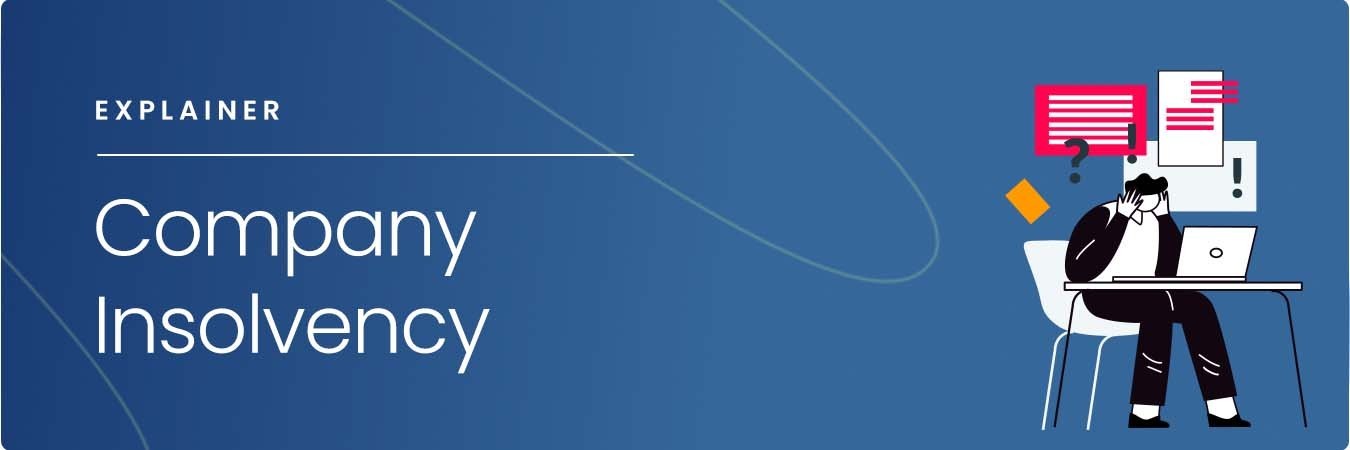Administration Staff and Their Rights: Do You Get Paid or Receive Redundancy When a Company Goes Into Administration?
Business Insolvency Company7 Preswich Avenue, Leigh, WN7 1RZ
0333 567 1686
Understanding the Consequences of Company Liquidation on Employee Retention and Perks

Influence On Job Safety
In case of company liquidation, the influence on work protection can be substantial for workers as unpredictability concerning future employment emerges. When a business enters into liquidation, employees deal with the challenging prospect of possible task loss. This uncertainty can lead to enhanced tension and stress and anxiety among the workforce, impacting their spirits and efficiency.
Throughout the liquidation process, staff members may experience a series of emotions, consisting of concern, disappointment, and temper, as they grapple with the opportunity of unemployment. The lack of quality bordering the timeline of the liquidation and the fate of their placements can develop a sense of instability within the workforce.
Moreover, staff members might additionally be worried concerning the standing of their advantages, such as health care coverage, retirement, and paid pause, throughout and after the liquidation procedure. The prospective loss of these benefits includes one more layer of complexity to a currently challenging situation for workers.
Changes in Staff Member Perks

One usual modification is the reduction or elimination of specific advantages to cut expenses and clear up arrearages. Employer contributions to retirement strategies might cease, leaving staff members to shoulder the full duty of saving for their future. Health care advantages may be scaled back, resulting in higher out-of-pocket costs for medical solutions.
Interaction becomes paramount throughout this period of shift. Employers have to be transparent concerning the adjustments, giving clear explanations and assistance to aid workers browse through the alterations. Open dialogue and assistance can help alleviate stress and anxiety and unpredictability among the workforce, cultivating a more positive change experience despite the difficult circumstances.
Retention Techniques Post-Liquidation
Complying with the business liquidation, carrying out reliable retention methods is crucial to safeguarding organizational talent and maintaining stability within the workforce. In times of unpredictability, employees might feel anxious about their future work safety and security and be much more inclined to look for alternative employment possibility. To minimize this threat, companies need to concentrate on open communication, providing transparency pertaining to the company's scenario, and providing support to staff members throughout the transition duration.
One key retention technique post-liquidation is to focus on employee wellness and spirits. This can be accomplished through routine check-ins, counseling solutions, and creating a positive workplace. Furthermore, offering profession advancement opportunities and upskilling programs can enhance staff member inspiration and interaction during difficult times. Recognizing and awarding workers for their commitment and dedication can also foster a feeling of loyalty and devotion to the company.
Furthermore, establishing a clear profession progression path and establishing practical goals can give staff members a feeling of instructions and purpose within the company (what happens to staff when a company goes into liquidation). By buying employee growth and proactively involving them in decision-making procedures, organizations can raise worker retention prices find this and build a durable workforce post-liquidation
Legal Civil Liberty and Securities
During the aftermath of firm liquidation, it is critical to attend to the legal rights and securities offered to workers to guarantee a reasonable and certified process. It is crucial for employees to understand these rights and seek lawful guidance if needed to browse the complexities of the liquidation process.
Additionally, in cases where a firm enters into liquidation, staff members are typically taken into consideration special financial institutions, approving them higher concern in receiving exceptional payments over other financial institutions. This protection assists focus on working out staff member insurance claims prior to other economic commitments are satisfied. Lawful safeguards exist to protect against unreasonable dismissals throughout liquidation, making certain that terminations are carried out according to established labor legislations. Understanding these legal civil liberties and securities is fundamental for workers to guard their rate of interests and look for ideal choice in case of firm liquidation.
Dealing With Financial Unpredictability
Navigating economic uncertainty can be a challenging challenge for workers influenced by business liquidation. The abrupt loss of revenue, advantages, and job security can substantially interfere with people' economic security. Throughout such times, it is vital for staff members to analyze their present economic scenario reasonably. Producing a detailed budget that prioritizes vital costs can help in managing instant economic requirements. In addition, exploring available government support programs, such as unemployment insurance or retraining possibilities, can give some relief.
Seeking financial therapy or support from specialists can provide important insights right into handling financial debts, restructuring economic responsibilities, and preparing for the future. It is necessary for employees to stay notified regarding their entitlements, such as severance packages or outstanding repayments, to guarantee they get what they are owed. Taking into consideration alternate employment options or gig chances can aid bridge financial gaps during this transitional period. By proactively resolving economic challenges, workers can navigate via the unpredictability brought on by firm liquidation with greater resilience and readiness.
Conclusion
Finally, business liquidation can have considerable effects on employee work safety, benefits, and total health. It the original source is essential for organizations to execute why not find out more retention approaches and offer assistance to staff members during this unsure time. Comprehending legal civil liberties and securities can help minimize the effect of liquidation on employees. Handling monetary unpredictability calls for an aggressive approach and communication from both employees and companies to navigate via the obstacles properly.
When a business encounters liquidation, the fate of its workers hangs in the equilibrium, raising important questions concerning task safety and security, advantages, and long-lasting stability. The influence of business liquidation on staff member retention and benefits is a diverse problem that demands a more detailed assessment to comprehend the complete scope of its effects.
Browsing financial uncertainty can be an overwhelming difficulty for employees influenced by firm liquidation. By proactively resolving financial challenges, workers can navigate with the uncertainty triggered by business liquidation with greater strength and preparedness.
